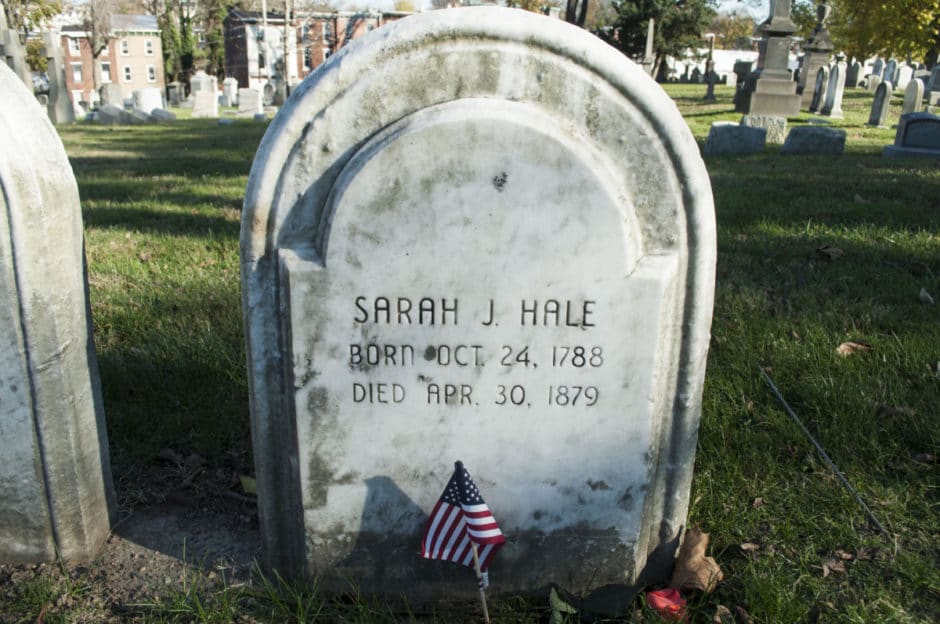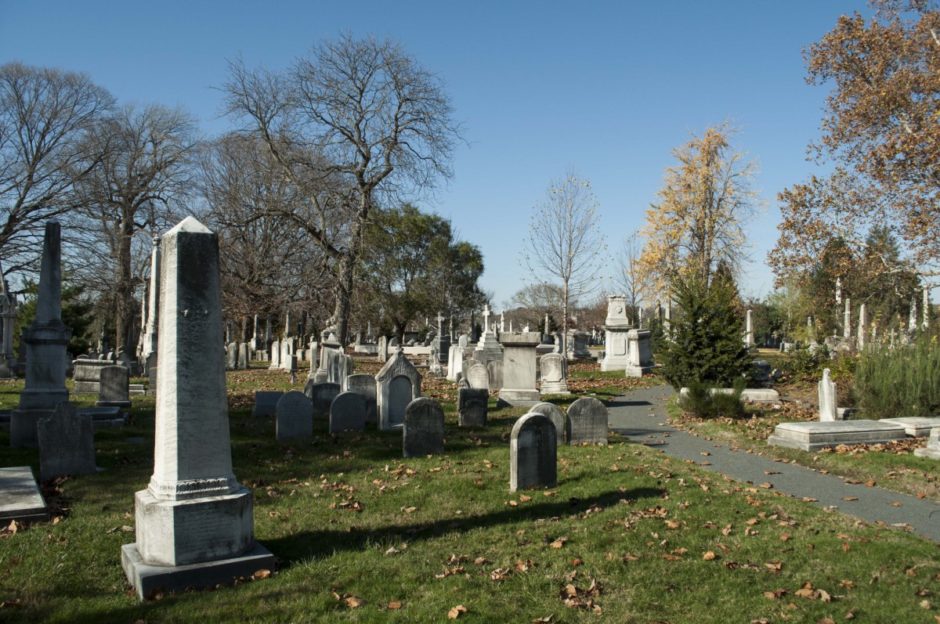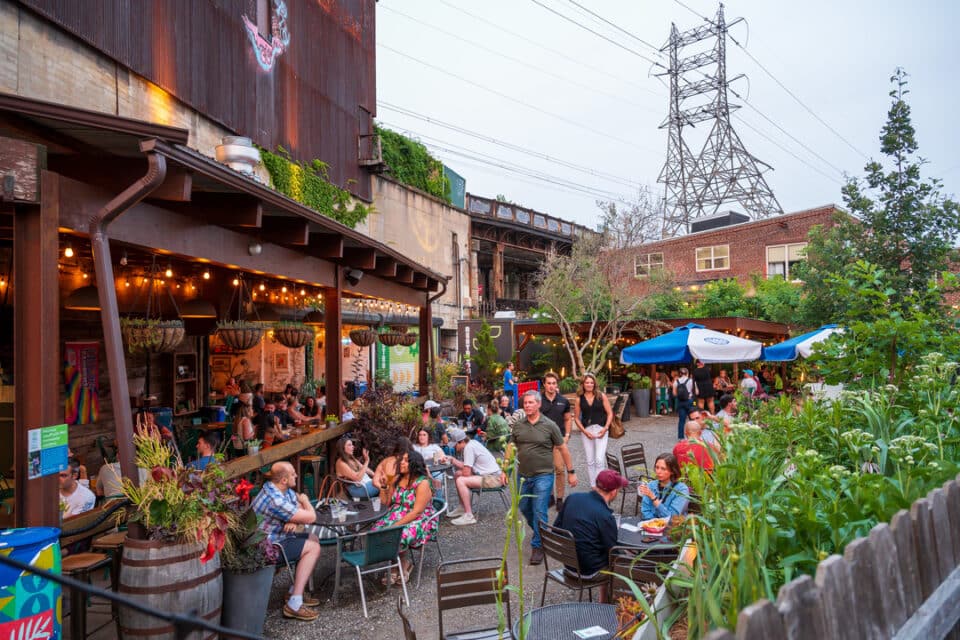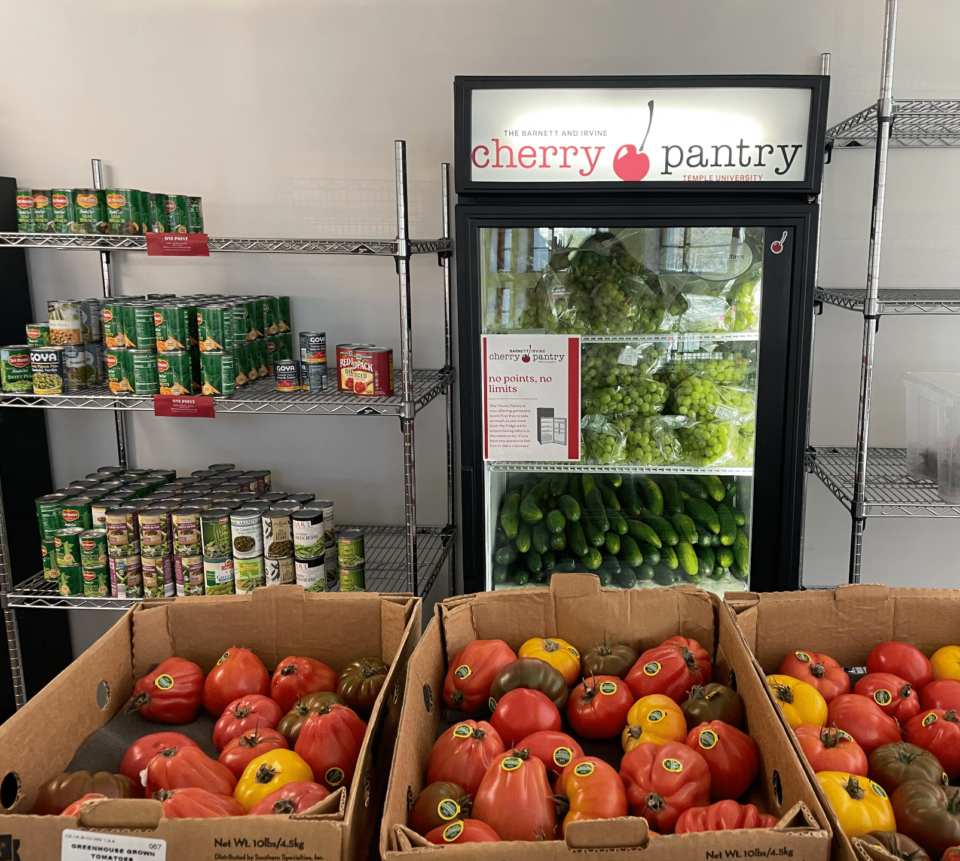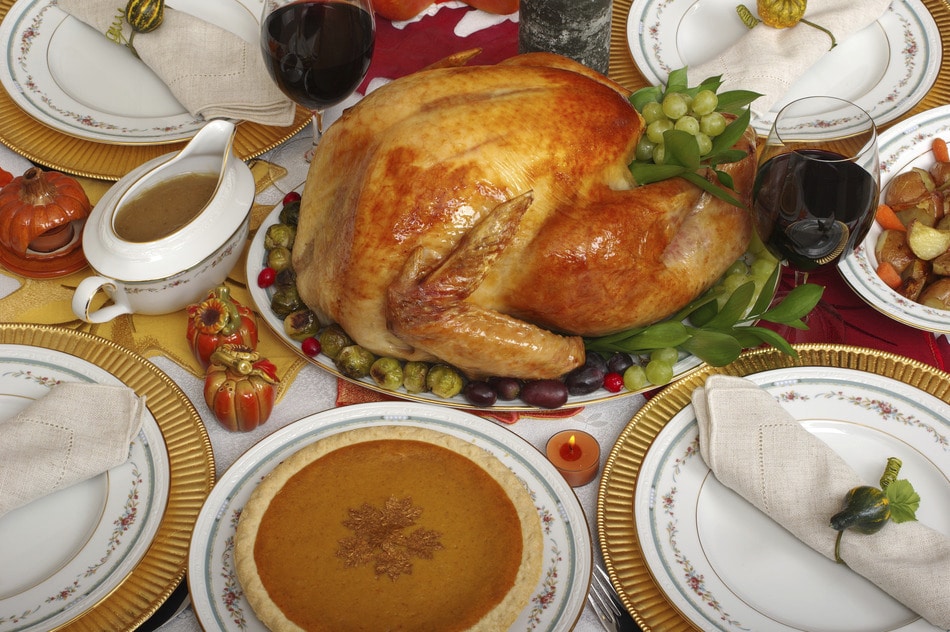 Every American can name what’s on their table for the traditional Thanksgiving feast, but not many of us know that the woman who inspired the national holiday is buried at Philadelphia’s famed Laurel Hill Cemetery.
Every American can name what’s on their table for the traditional Thanksgiving feast, but not many of us know that the woman who inspired the national holiday is buried at Philadelphia’s famed Laurel Hill Cemetery.
Sarah Josepha Hale’s grave sits among the roughly 80,000 deceased buried in the calming 95-acre plot in East Falls. Little do we know, her Thanksgiving legacy is devoured across dinner tables all over the country every fourth Thursday of November. Tour guide Rich Wilhelm took us on a walk through Laurel Hill Cemetery and explained how “the basic idea of Thanksgiving as a national holiday began with Lincoln, largely at the request of Sarah Josepha Hale.”
The enormous, prestigious cemetery acts as a beautiful nature walk surrounded by trees, and is the final resting place for countless historically influential figures. Rich explained how the tour guides vary their tours as they discover famous names on headstones, and mentioned that tour guide colleagues Pattye Stringer and Kerry Bryan “inspired me to include Sarah Hale in mine.” She is notable for quite a number of reasons, but Sarah Hale’s name especially starts popping up around Laurel Hill come November.
Aside from being the respected editor, or “editress” as she preferred, of Godey’s Lady’s Book, the author of the children’s classic nursery rhyme Mary Had a Little Lamb and a daily supporter of women’s rights, Sarah also found time over the course of five presidencies to write letters until one of our leaders took notice.
As we stood at her simplistic grave site, Rich explained that Thanksgiving was previously only celebrated in New England, and “at some point in the 1840s, Sarah Josepha Hale began writing letters to the President of the United States, requesting that Thanksgiving be made a national holiday. She wrote to five presidents in a row, and finally the fifth one she wrote to listened to her, and that, of course, was Abraham Lincoln.” After multiple persuasive letters from Sarah Hale, Thanksgiving officially became a national holiday in 1863.
In addition to being the persistent, driving force behind getting a day off work to give thanks and spend time with family, Ms. Hale left behind several books. One passage in particular captures the essence of Thanksgiving. In her 1827 book, Northwood, she describes the meal of thanks in vivid detail. On our group’s stroll through the worn cemetery, we stopped at her gravesite and Rich recited some of her words, which got us all thinking about dinner.
“The roasted turkey took precedence on this occasion, being placed at the head of the table; and well did it become its lordly station, sending forth the rich odour of its savoury stuffing, and finely covered with the frost of the basting. At the foot of the board a sirloin of beef, flanked on either side by a leg of pork and joint of mutton, seemed placed as a bastion to defend innumerable bowls of gravy and plates of vegetables disposed in that quarter. A goose and pair of ducklings occupied side stations on the table, the middle being graced, as it always is on such occasions by that rich burgomaster of the provisions, called a chicken pie. This pie, which is wholly formed of the choicest parts of fowls, enriched and seasoned with a profusion of butter and pepper, and covered with an excellent puff paste, is, like the celebrated pumpkin pie, an indispensable part of a good and true Yankee Thanksgiving; the size of the pie usually denoting the gratitude of the party who prepares the feast.”
“There was a huge plumb pudding, custards, and pies of every name and description ever known in Yankee land; yet the pumpkin pie occupied the most distinguished niche. There were also several kinds of rich cake, and a variety of sweet meats and fruits. On the sideboard was ranged a goodly number of decanters and bottles; the former filled with currant wine and the latter with excellent cider and ginger beer, a beverage Mrs. Romelee prided herself on preparing in perfection.”
In addition to the annual meal we enjoy every year, Sarah describes the excited environment of a special occasion in a way that still rings true today. Hale references:
“A long table, formed by placing two of the ordinary size together, was set forth in the parlor, which being the best room, and ornamented with the best furniture, was seldom used, except on important occasions” and says “seldom were the junior members of the family allowed the high privilege of stepping on this carpet, excepting at the annual festival; and their joy at the approaching feast was considerably heightened by the knowledge that it would be holden in the best room.”
With the holiday upon us, it is fascinating to see how our gatherings have held these traditions in such high esteem for so long. Our Thanksgiving meals may have become a little less extravagant since those days, but the basic principles of the holiday remain the same. Thanks to Sarah Josepha Hale, meeting with family at a table set with the best china and adorned with linens, and partaking in a whopping meal of meats, pies and puddings still stands as the bold centerpiece for the inspiring and unifying national holiday.
Find Laurel Hill Cemetery at 3822 Ridge Ave. in Philadelphia.
- Thanksgiving Dinner photo: PhotoDune
- Additional photos: Jay Breslin
